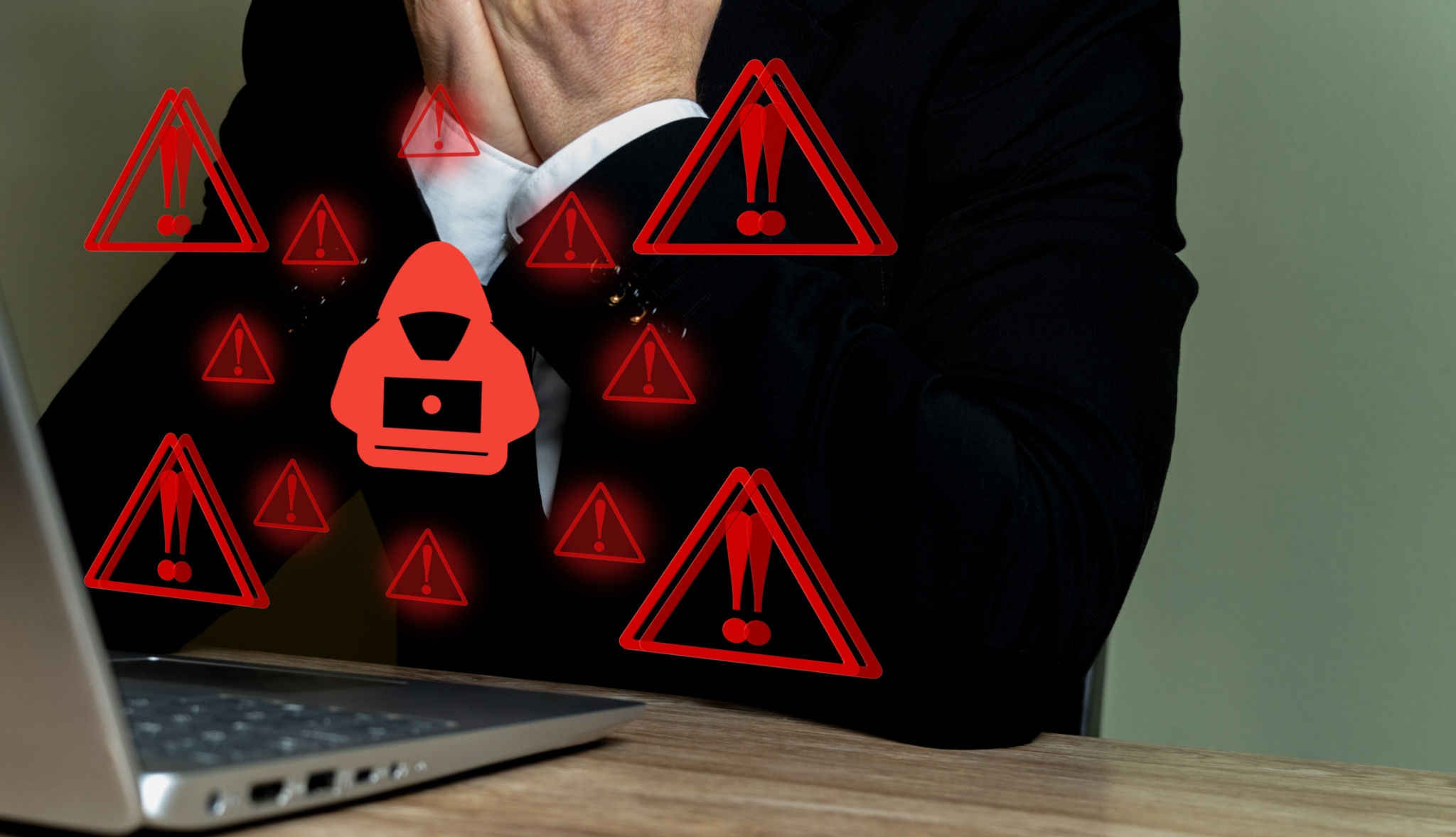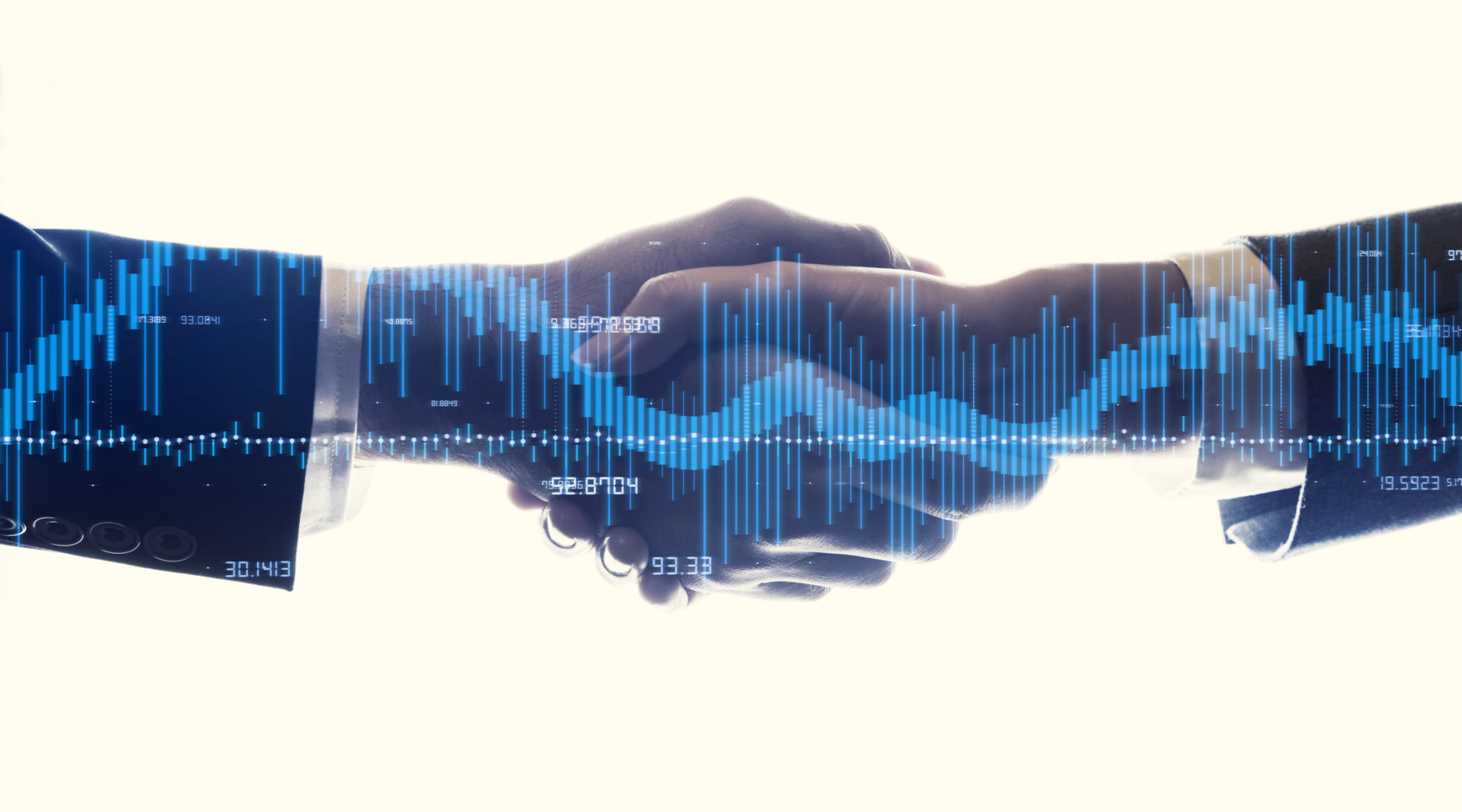Best Practices for Tokenising Real-World Assets
Understanding Tokenization of Real-World Assets
Tokenization is revolutionizing the way we view and interact with real-world assets by converting them into digital tokens on a blockchain. This process offers immense potential for creating liquidity, enhancing accessibility, and ensuring secure and transparent transactions. However, to effectively tokenize assets, certain best practices must be followed to maximize benefits and mitigate risks.

Importance of Legal Compliance
Ensuring legal compliance is paramount in the tokenization process. Regulatory frameworks vary significantly across jurisdictions, and understanding these differences is crucial. Companies must engage with legal experts to ensure that their tokenization strategies align with local and international laws. This includes adhering to securities regulations, anti-money laundering (AML) standards, and know-your-customer (KYC) requirements.
Choosing the Right Blockchain
The selection of a blockchain platform is a critical decision in the tokenization process. Factors such as security, scalability, transaction costs, and compatibility with existing systems must be considered. Popular platforms like Ethereum offer robust smart contract capabilities, while others like Binance Smart Chain may offer lower transaction fees. The choice of blockchain can significantly impact the efficiency and effectiveness of the tokenization process.

Ensuring Asset Liquidity
One of the main advantages of tokenization is increased liquidity. To achieve this, it is essential to create a marketplace or leverage existing exchanges where these tokens can be easily bought and sold. This not only enhances marketability but also attracts a broader range of investors. Building partnerships with trading platforms and liquidity providers can further facilitate this process.
Maintaining Security and Data Integrity
Security is a top concern in any digital transaction, and tokenization is no exception. Employing strong encryption methods and secure smart contracts is vital to protect against fraud and unauthorized access. Regular audits and robust cybersecurity measures should be implemented to safeguard the integrity of both data and transactions on the blockchain.

Effective Asset Management
Managing tokenized assets effectively requires robust systems that can handle the complexities of digital ownership rights, dividend distribution, and asset governance. Platforms should offer user-friendly interfaces for managing these aspects seamlessly. Additionally, offering educational resources to investors about how to manage their digital assets can help in building trust and confidence in the system.
Building Investor Trust
Transparency and communication play key roles in building investor trust. Providing clear information about the asset's underlying value, market conditions, and tokenization mechanisms is crucial. Regular updates and open channels for communication can help investors feel more secure in their investments. Engaging with the community through forums and social media can also foster a sense of trust and loyalty.

Conclusion
Tokenizing real-world assets presents an exciting opportunity to transform traditional asset markets. By following best practices such as ensuring legal compliance, selecting the right blockchain, maintaining security, and fostering investor trust, businesses can unlock the full potential of tokenization. As technology continues to evolve, staying informed and adaptable will be key to success in this rapidly changing landscape.